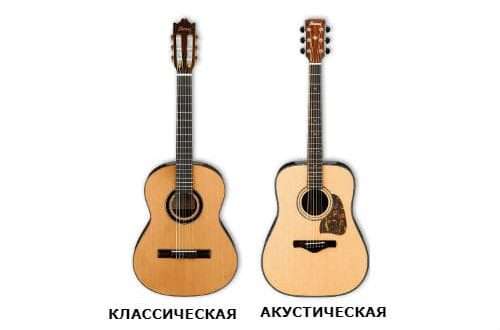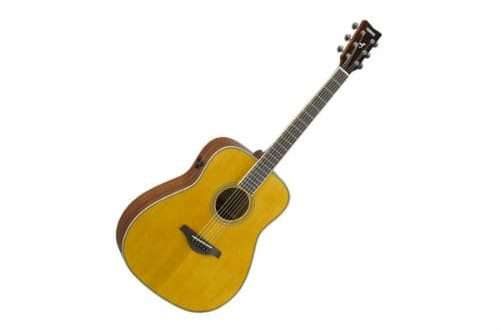
Zither: description of the instrument, origin, types, how to play
Zither is a stringed musical instrument. During its history, the zither has become one of the most famous instruments in Europe and has penetrated the culture of many countries.
Basics
Type – plucked string. Classification – chordophone. A chordophone is an instrument with a body over which several strings are stretched between two points that make a sound when they vibrate.
The zither is played with fingers, plucking and plucking the strings. Both hands are involved. The left hand is responsible for chord accompaniment. A mediator is put on the thumb of the right hand. The first 2 fingers are responsible for the accompaniment and bass. The third finger is for the double bass. The body is placed on a table or placed on your knees.
Concert models have 12-50 strings. There may be more depending on the design.
Origin of the instrument
The German name “zither” comes from the Latin word “cythara”. The Latin word is the name of a group of stringed medieval chordophones. In German books of the XNUMXth-XNUMXth centuries, there is also a variant of “cittern”, formed from “kithara” – the ancient Greek chordophone.
The oldest known instrument from the zither family is the Chinese qixianqin. A fretless chordophone was found in the tomb of Prince Yi, built in 433 BC.
Related chordophones were found throughout Asia. Examples: Japanese koto, Middle Eastern kanun, Indonesian Playlan.
Europeans began to create their own versions of Asian inventions, as a result, the zither appeared. It became a popular folk instrument in XNUMXth century Bavaria and Austria.
The Viennese zitherist Johann Petzmayer is considered a virtuoso musician. Historians credit Petzmaier with popularizing the Germanic chordophone in domestic use.
In 1838, Nikolaus Wiegel from Munich suggested improvements to the design. The idea was to install fixed bridges, additional strings, chromatic frets. The idea did not gain support until 1862. Then the lute master from Germany, Max Amberger, created an instrument designed by Vigel. So the chordophone got its present form.
Types of zithers
The concert zither has 29-38 strings. The most common number is 34-35. The order of their arrangement: 4 melodic ones above the frets, 12 fretless accompanying ones, 12 fretless bass ones, 5-6 double bass ones.
Alpine zither is equipped with 42 strings. The difference is a wide body to support an elongated double bass and a tuning mechanism. The Alpine version sounds in a similar tuning to the concert version. Late versions of the XNUMXth-XNUMXth centuries were called “zither-harps”. The reason is the added column, which makes the instrument look like a harp. In this version, additional double basses are installed in parallel with the rest.
The redesigned alpine variant is designed to serve a new type of Play. The strings are played open, in the manner of a harp.
Modern manufacturers also produce simplified versions. The reason is that it is difficult for amateurs to play on full-fledged models. In such versions keys and mechanisms for automatic clamping of chords are added.
There are 2 popular tunings for modern zithers: Munich and Venetian. Some players use Venetian tuning for fretted strings, Munich tuning for fretless strings. Full Venetian tuning is used on instruments with 38 or fewer strings.





